What’s a humanitarian agency got to do with retail?
Retail news headlines in 2019 are dominated by topics such as omni-channel, the cost-conscious consumer, the eco-friendly consumer, the use of blockchain technology, or even who Amazon will be acquiring next.
Rarely written about are the small stores that line the markets of refugee settlements. Even rarer are the words humanitarian and retail written in the same sentence.
So, what exactly does a humanitarian agency have to do with retail?
From food aid to food assistance
Last year, the United Nations World Food Programme (WFP) distributed US$1.7 billion in cash assistance to vulnerable people in 62 countries. This means that for 35% of the aid WFP provides, people rely on local markets to get their food.
"There is no possibility to achieve Zero Hunger without sustainable markets; it's as simple as that."
Creating efficient, reliable and resilient markets and developing the retail sector is one of the ways WFP ensures the people it serves and local populations get better value for their money including improved access to nutrition, price, quality, and service.
In the words of Ludovic Salen, Chief of Supply Chain: Cash and Markets at WFP, "There is no possibility to achieve Zero Hunger without sustainable markets; it's as simple as that."
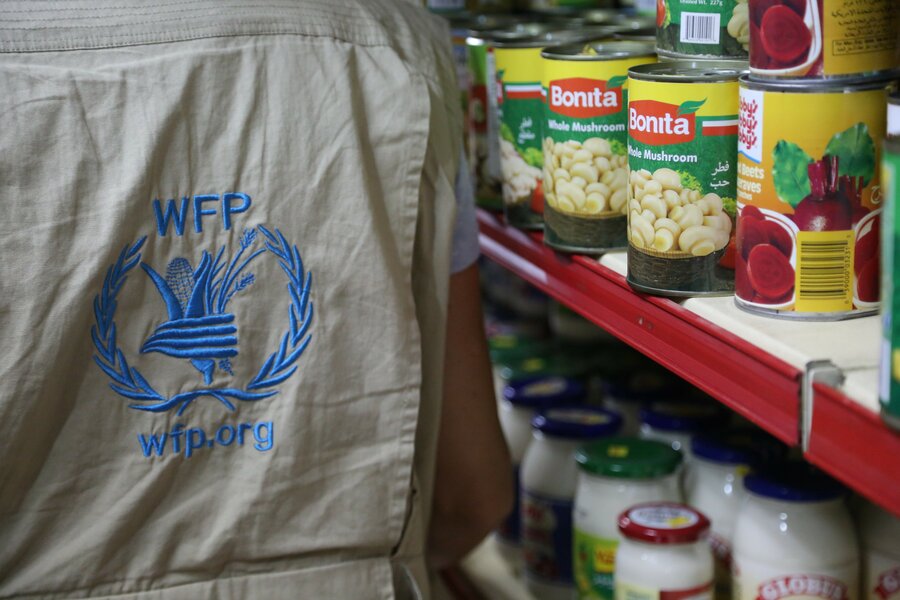
Here we will answer the most commonly asked questions about what exactly a humanitarian agency like WFP is doing in retail.
What does a humanitarian agency know about a sector like retail?
WFP has over 50 years of experience delivering food to the most remote locations all over the world. In 2017, WFP delivered 3.8 million metric tonnes of food to 71 countries. To do this, we have extensive experience mapping end-to-end supply chains from the point of origin through various ports, distributors, warehouses, all the way to our beneficiaries.
We apply the exact same concept to retail — except that we map the products our beneficiaries are buying from the store back to the point of origin. Supply Chain inefficiencies have a direct impact on the final cost of a good to consumers. In Lebanon, prices in WFP-contracted shops are 5 percent lower than the average market price, based on a study conducted using Nielsen data. This resulted in people having ~US$6.5 million more to feed their families.
What kind of retailers do WFP work with? Who actually runs the stores?
WFP works with over 4200+ retailers in 35 countries. The stores range from a large supermarket in Jordan — not so different from one you may shop in — to a mom-and-pop shop in a refugee camp.
The majority of the stores are run by the local population. In Kalobeyei, a new settlement next to Kakuma, one of the largest refugee settlements in the world in Kenya, stores owned by Kenyans and refugees stand side-by-side. Ensuring integration between the host community and the refugee camp is important to the Kenyan government as it continues to work together with WFP on the retail engagement initiative.
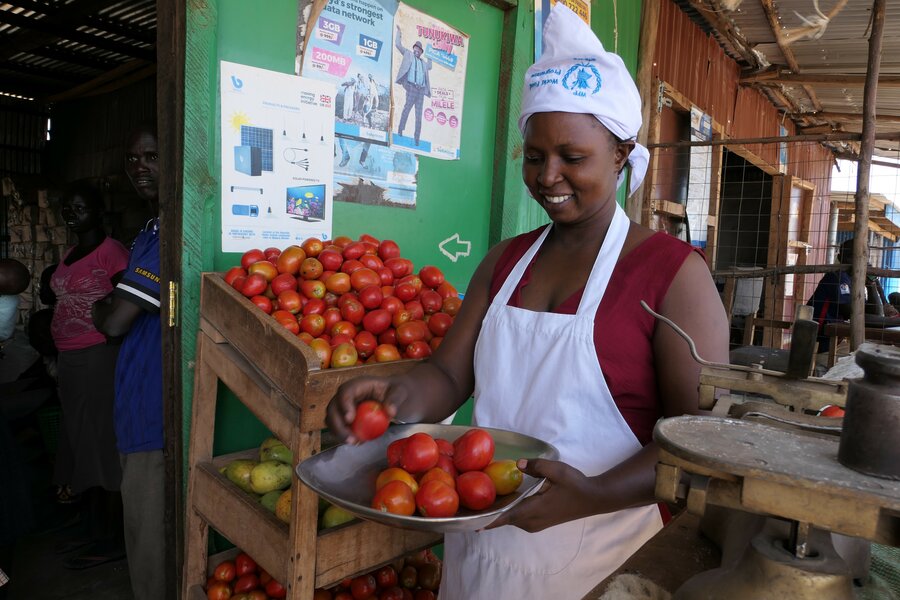
"At first, when we started this business in Kalobeyei, we were even fearing these refugees but now they are our friends- we are interacting," says Jackline Nekesa Wafula, a Kenyan local trader contracted by WFP in Kalobeyei settlement, Turkana county, adding: "In this shop, I have five workers — three are refugees and two are Kenyans."
What does WFP provide to the retailers?
In addition to helping them assess and optimize their supply chain, WFP provides training for retailers on various retail topics such as: negotiation, assortment planning, demand forecasting, customer service, and more.
The benefits are evident. "Normally we just buy and sell. Sometimes at the end of the month, we find we lose money but don't know why. With this training, we can learn more about our business," says a store owner from Nakivale settlement who participated in a WFP training in agency banking.
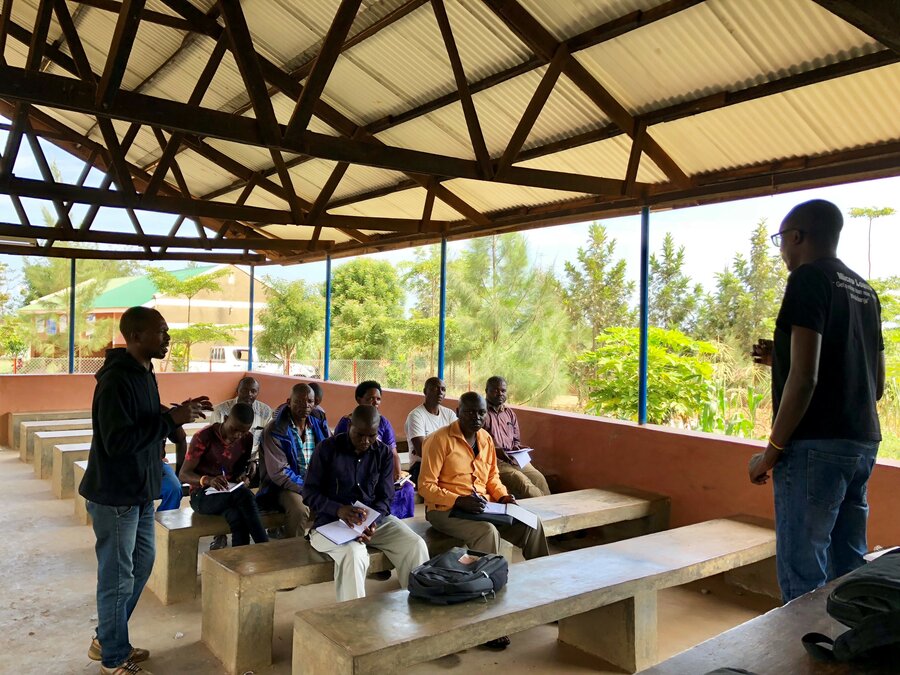
Through WFP training, retailers learn how they can better manage their business and ultimately offer better prices, better services, and more nutritious items for beneficiaries and local communities.
Is this sustainable?
Yes. At its core, our work in retail aims to provide support to countries in creating the sustainable markets they need to feed themselves. From the very beginning, we work to determine a plan to transfer knowledge to host countries and local people in order to have the infrastructure in place for them to be self-sustaining.
So, what will make the headlines for the retailers in the humanitarian world this year?
Long lines may be a thing of the past in markets where AmazonGo stores exist. But in Cox's Bazaar in Bangladesh, home to approximately 900,000 refugees, people may wait up to 40 minutes in line to buy on average six items: 80% of their spend is on rice, followed by oil, eggs, onions, and sugar.
WFP is working to change that. By the end of 2019, WFP plans to construct 13 additional stores in Cox's Bazaar, increasing the total to 21. This, in addition to other retail engagement efforts such as food quality training, will provide better service, products, and prices to the families living in the refugee camps.
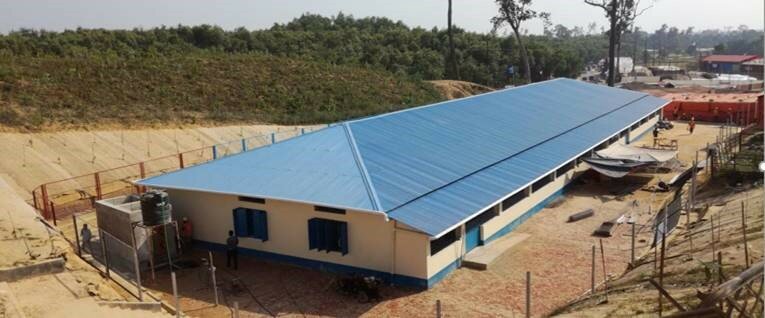
In Syria, after eight years of conflict, the country is beginning to rebuild. Retail engagement is one of the ways in which WFP is working towards helping Syria get back on its feet.
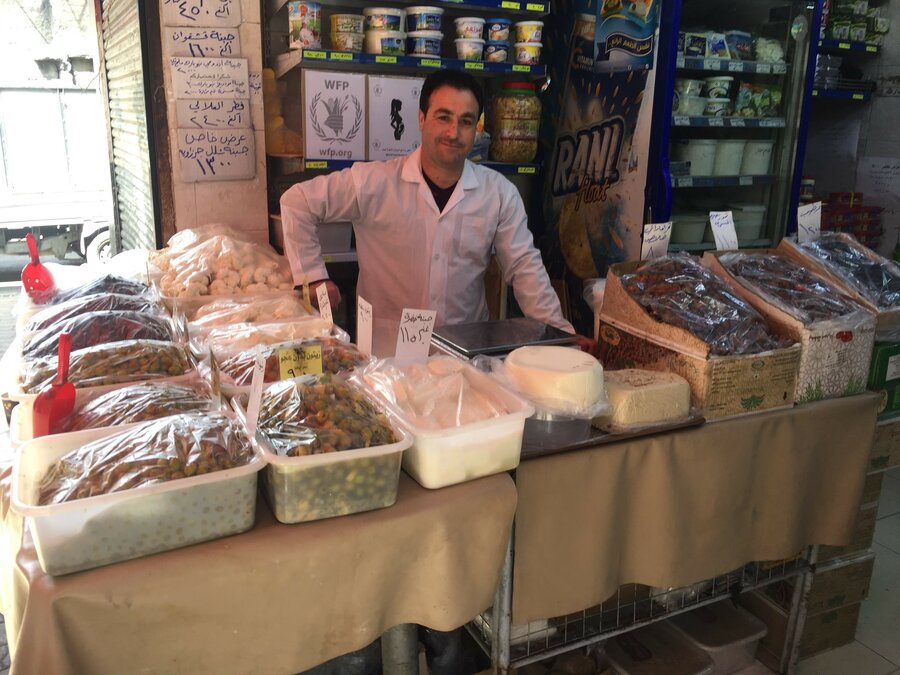
WFP is currently working with 72 retailers distributed throughout the country to develop a reliable supply of a range of good value, nutritious food items. This will create a working template of operations that can be replicated to quickly onboard the additional stores that will be required to serve over three million food insecure people.
In addition, WFP is developing a "Food Van" model in Syria, bringing fresh food to people in hard-to-reach areas, ensuring no one in the country is left behind.
